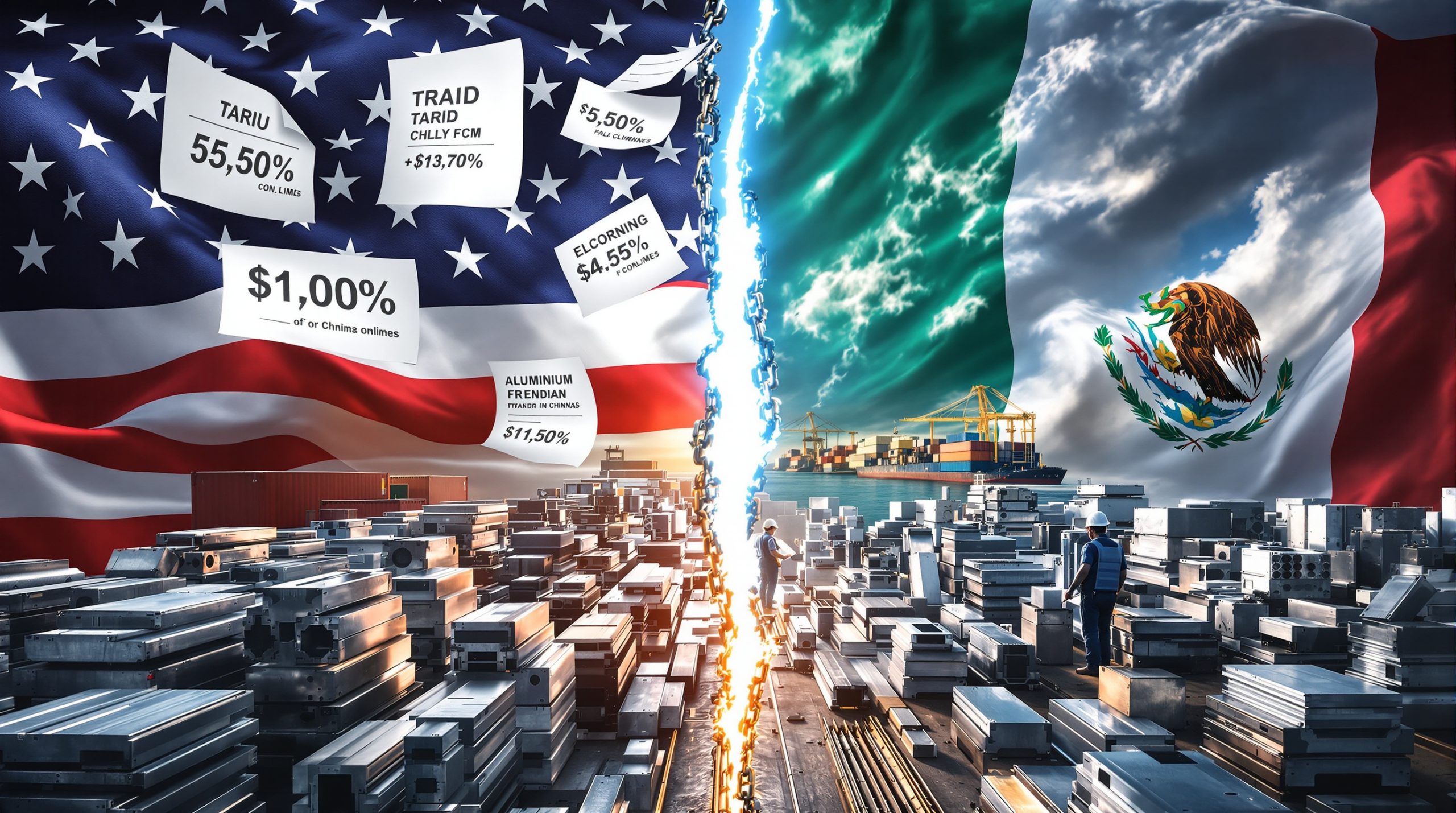What Is Ray Dalio Warning About?
Ray Dalio's Concerns Beyond Recession
Ray Dalio, billionaire founder of Bridgewater Associates, has issued stark warnings that extend far beyond typical recession concerns. In a notable NBC News Meet the Press interview, Dalio expressed deep worry about "something worse than a recession" – specifically what he describes as the "breaking down of the monetary order."
His analysis draws alarming parallels between current economic conditions and the turbulent 1930s era, a period marked by global economic upheaval and massive political realignment. According to Dalio, we face five key destabilizing forces: intensifying internal political conflicts, rapid shifts in international order, technological disruptions, and increasing "acts of nature" including floods and pandemics.
"These forces are creating a perfect storm that threatens the very foundations of our economic system," Dalio explains. "The parallels to the 1930s are unmistakable – a period when established orders collapsed under similar pressures."
The Threat to the Global Economic Structure
Dalio's concerns center around the potential breakdown of the international economic and geopolitical structure established after World War II. This system, largely American-led and based on multilateralism, is shifting dramatically toward what Dalio terms a "unilateral world order" where competing powers implement their own economic rules.
Trade disruptions have accelerated this trend, with traditional supply chains fragmenting along geopolitical lines. Meanwhile, the mounting U.S. debt, which surpassed $34 trillion in 2024, represents what Dalio calls "an existential threat to dollar hegemony."
"When a reserve currency issuer accumulates unsustainable debt, history shows that currency's dominant position eventually collapses," Dalio notes. "The question isn't if this will happen, but when and how disorderly the transition will be."
What makes Dalio's warning particularly credible is his track record of correctly identifying economic inflection points throughout his 50-year investment career. His prediction that both U.S. and Chinese financial systems face unprecedented strains has prompted central banks worldwide to quietly increase their gold reserves by over 40% since 2020.
How Could Current Policies Lead to Currency Collapse and Gold?
Trump's Tariff Impact and Economic Impact
Dalio acknowledges that recent Trump's tariff impact have "understandable goals" but are being implemented in a "very disruptive way" that threatens global trade stability. The announced 90-day pause on reciprocal tariffs while maintaining 10% baseline duties created market uncertainty rather than relief.
The 145% reciprocal tariffs on China stand as particularly significant, disrupting supply chains that took decades to develop. The resulting price inflation has forced businesses to either absorb costs or pass them to consumers, creating ripple effects throughout the global economy.
"Tariffs address legitimate concerns about trade imbalances," Dalio explains, "but their abrupt implementation has upended international trade norms without establishing clear alternatives."
This policy approach has accelerated de-dollarization efforts, with 25+ countries establishing bilateral trade agreements that bypass dollar settlement. The BRICS economic alliance has expanded its membership and created parallel financial infrastructure specifically designed to reduce reliance on U.S.-dominated systems.
The Growing Debt Crisis
The most alarming aspect of Dalio's warning concerns mounting U.S. debt, which he identifies as fundamentally unsustainable. The federal deficit reached $1.9 trillion in 2024 alone, with interest payments now consuming 15% of tax revenues – a threshold historically associated with currency crises in other nations.
"What makes this situation particularly dangerous is its bipartisan nature," Dalio notes. "Neither major political party has proposed credible fiscal solutions that address structural deficits."
The situation in China mirrors these concerns, with local government debt surpassing 50% of GDP. Dalio points out that when the world's two largest economies simultaneously face debt crises, the global ramifications become exponentially more severe.
"The mathematical reality is unavoidable – we cannot spend at current levels indefinitely," Dalio warns. "When spending exceeds productivity growth for extended periods, currency devaluation becomes the inevitable escape valve."
Why Are Gold and Silver Important During Economic Uncertainty?
The Stability of Precious Metals
Gold and silver have maintained remarkable stability when measured against currencies over the long term. Unlike fiat currencies, which by definition are debt instruments backed only by government promises, precious metals possess intrinsic value recognized across civilizations and millennia.
"Gold has survived every monetary system collapse for over 5,000 years," Dalio emphasizes. "It has outlasted every empire, every political system, and every currency collapse and gold ever created."
This historical stability stems from unique characteristics: precious metals cannot be created at will, cannot be debased through inflation, and require no counterparty trust. During periods of monetary instability, they typically appreciate not just nominally but in real purchasing power terms.
Gold has maintained an average annual appreciation of 8% against major fiat currencies since 2000, outperforming most equity markets during periods of economic stress. This performance accelerates during currency crises, with gold regularly preserving wealth while paper assets deteriorate.
Gold and Silver as Wealth Preservation Tools
Dalio emphasizes that precious metals serve primarily as wealth preservation tools rather than wealth creation vehicles. Physical possession allows individuals to function as "their own central banks," holding assets outside traditional financial systems.
"The primary purpose of gold in a portfolio isn't speculation – it's insurance against systemic risk," Dalio explains. "When monetary systems reset, those holding physical gold and silver typically preserve purchasing power while paper wealth evaporates."
This preservation quality has led multiple U.S. states to begin recognizing gold and silver as "sound money" based on Article 1, Section 10 of the Constitution, which states that "No state shall… make anything but gold and silver coin a tender in payment of debts." Alabama, Texas, and ten other states have enacted "sound money" laws since 2023, establishing legal frameworks for precious metals transactions outside the banking system.
These state-level initiatives reflect growing concerns about currency stability and represent a grassroots movement toward monetary alternatives that Dalio sees as early indicators of broader system change.
What Would a Currency Reset Look Like?
Signs of a Potential Monetary System Change
Dalio has stated unequivocally: "We are going to change the monetary order because we cannot spend the amounts of money" currently projected. This change wouldn't occur in isolation but would likely involve multiple interconnected reforms.
Central banks worldwide have increased gold reserves by 42% since 2020, with particularly aggressive purchases by BRICS nations. This accumulation suggests preparation for a monetary reconfiguration that could include gold revaluation as part of a new framework.
The International Monetary Fund has expanded Special Drawing Rights (SDRs) allocations to $650 billion between 2021-2023, testing this multicurrency instrument as a potential alternative to pure dollar reserves. Meanwhile, the rapid development of Central Bank Digital Currencies (CBDCs) by over 20 nations suggests digital infrastructure is being prepared for a post-dollar system.
"Currency resets don't occur overnight," Dalio notes. "They build gradually behind the scenes until a triggering event forces public acknowledgment of what central banks have been preparing for years."
The Return to a Gold Standard?
While a pure gold standard resembling the pre-1971 system appears unlikely, Dalio suggests hybrid models are gaining traction. These would combine elements of commodity backing with modern financial technology.
The constitutional basis for gold and silver as currency (Article 1, Section 10) provides legal foundation for state-level initiatives. Utah's 2024 legislation allowing tax payments in gold-backed cryptocurrencies demonstrates how traditional sound money principles can integrate with blockchain innovation.
"The future monetary system will likely combine elements of the old and new," Dalio predicts. "Gold's role as an anchor of stability with cryptocurrency's efficiency for transactions represents a powerful combination."
This evolution would address the primary weakness of past gold standards – the practical challenges of physical settlement – while preserving their primary strength: constraint on government money creation. Such a system would inherently limit deficit spending capabilities that Dalio identifies as the root cause of current instability.
FAQs About Currency Collapse and Precious Metals
How does gold perform during currency crises?
Gold has historically maintained or increased its purchasing power during currency devaluations and collapses. During the Weimar Republic hyperinflation, one ounce of gold that cost 170 marks in 1919 was worth 87 trillion marks by November 1923. Similar patterns occurred during Argentina's peso crisis, Zimbabwe's hyperinflation, and Venezuela's recent currency collapse. Gold's performance typically accelerates as confidence in paper assets deteriorates. For a comprehensive gold market analysis, investors should examine historical precedents alongside current indicators.
What historical examples exist of currency collapses?
Notable examples include the Weimar Republic's hyperinflation in the 1920s, where a loaf of bread eventually cost billions of marks; Zimbabwe's currency crisis in the 2000s, where inflation reached 79.6 billion percent month-on-month; and Venezuela's recent hyperinflation, which exceeded 10 million percent annually. In each case, those holding physical precious metals preserved wealth while currency-denominated savings evaporated.
How can individuals prepare for potential currency instability?
Diversification into physical precious metals represents a core protection strategy. Financial experts recommend allocating 10-15% of investment portfolios to gold and silver, with emphasis on physical possession rather than paper claims. Additional preparation includes maintaining the strategic role of cash in short-term portfolios, understanding historical patterns of monetary resets, and exploring jurisdictional diversification to mitigate confiscation risk.
What percentage of assets should be in precious metals?
Financial experts typically recommend 5-15% of a portfolio in precious metals as insurance against currency and market instability. Dalio himself has suggested allocations toward the higher end of this range given current systemic risks. Higher allocations may be appropriate for individuals with significant exposure to dollar-denominated assets or those in professions particularly vulnerable to economic disruption. Modern investors might also consider a Gold ETFs 2024 guide to complement physical holdings with more liquid investment vehicles.
As Dalio summarizes: "Gold is a small position in a world that is over-leveraged with debt-based assets. When those debt instruments come under pressure, even small allocations to precious metals can preserve substantial purchasing power." While traditional approaches can work, some investors are turning to systematic investing strategies to manage their precious metals exposure with greater precision.
Ready to Spot the Next Major Mining Discovery?
Stay ahead of the market with Discovery Alert's real-time notifications on significant ASX mineral discoveries, all powered by the proprietary Discovery IQ model that transforms complex mineral data into actionable investment insights. Explore why major mineral discoveries can lead to substantial returns by visiting Discovery Alert's dedicated discoveries page.




